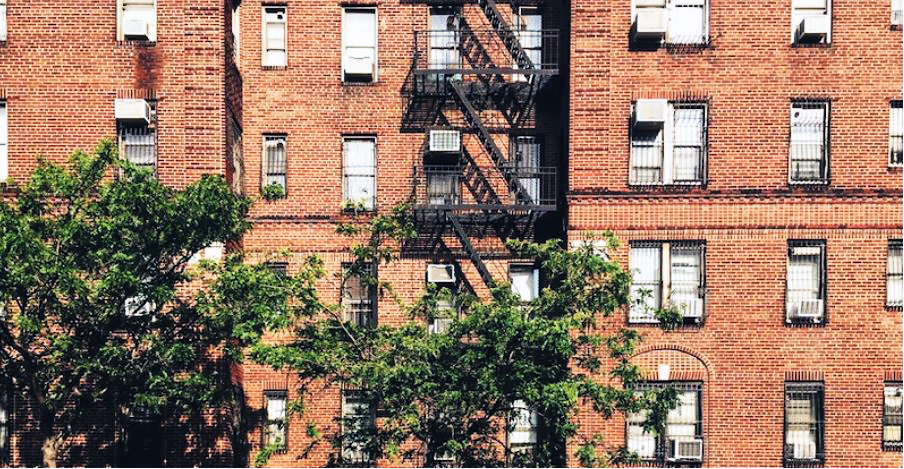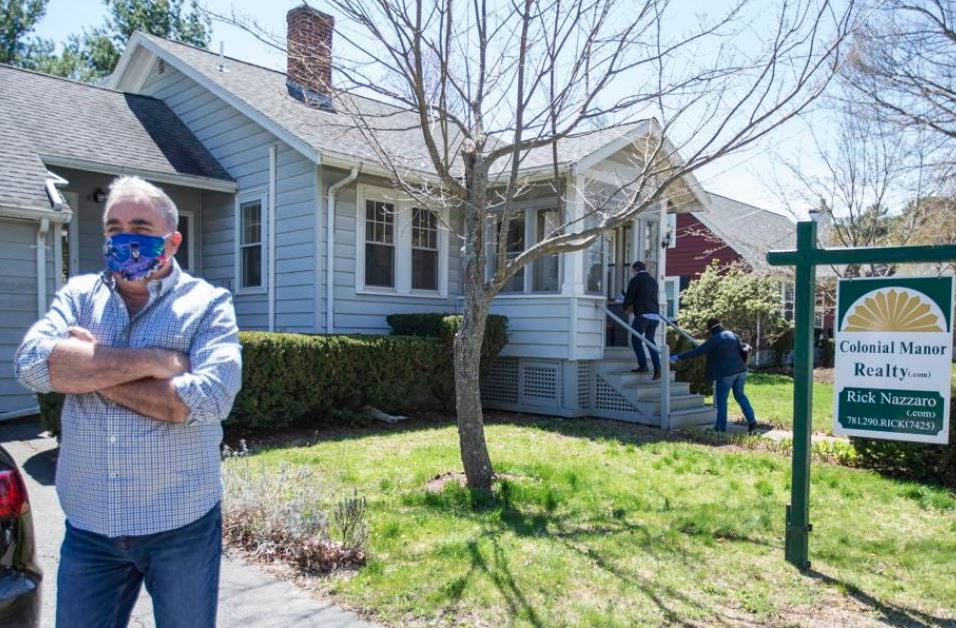A housing cost crisis in America?
It’s safe to say, considering one-in-three “cost-burdened” households spent above the recommended 30% of gross household income on housing costs in 2019, according to a recent report by Apartment List.
Housing affordability has remained a concern in the U.S., long before recent spikes caused by COVID-19, leaving millions of families priced out. Renters have especially felt the sting.
More niche, renters who work on-site jobs.
Economic division continues to polarize on-site workers and their remote-friendly counterparts. Apartment List found that 15% of Chicagoans in remote-friendly occupations are cost-burdened, compared to 22% whose jobs must be performed on-site. It’s roughly the same divide at the national level.
The correlation? On-site workers are significantly more likely to be renters. Thirty-two percent of on-site workers in Chicago are renters, based on the report, a notably higher rate than 28% of those who work from home. Cost burden rates for the two groups are 35% and 22%, respectively.
Analyzing the data for both on-site and remote workers separately, Apartment List also found notable imbalances in cost burden rates between races. Among remote-friendly workers in Chicago, 19% of Black workers and 18% of Hispanic workers are cost-burdened, as opposed to just 13% of White workers, regardless of occupation type.
It’s interesting to consider how these numbers have evolved since 2019. Housing costs have continued to increase, according to the report, apart from a 1.4% decrease in 2020. The median rent increased by nearly 18% in 2021. Average hourly wages have increased by 10.4% over the same period. Good news, but still, this growth in earnings has not been enough to bridge the divide.
And rents are growing fastest in the markets where on-site jobs are more prevalent.
In Chicago, 32% of all workers were employed in remote-friendly occupations in 2019, while rents have jumped by 6% since the start of COVID-19. For comparison, around San Jose, California, 46% of workers are employed in remote jobs (largely because of Silicon Valley) and rents have decreased by 7% since March 2020.
This makes sense. Because on-site workers have less flexibility to move in search of more affordable housing, they’re left to find a way to pay.









